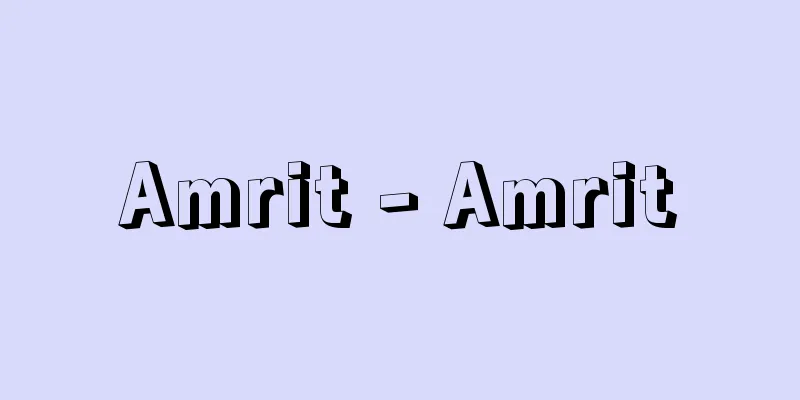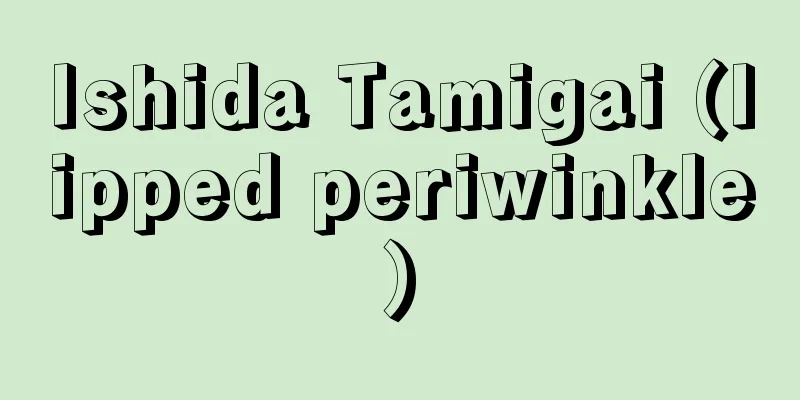Para

|
〘Epime〙 (para) A word used in chemistry etc. to distinguish between similar substances. ① Indicates the position of a substituent. A term opposite to ortho and meta, referring to the case where two substituents are at the farthest position on a benzene nucleus. Abbreviated as p-. For example, paraxylene. ② Indicates the difference in the spin of the atomic nucleus. For example, parahydrogen. ③ Indicates a polymer. For example, paraaldehyde. Source: The Selected Edition of the Japanese Language Dictionary About the Selected Edition of the Japanese Language Dictionary Information |
|
〘語素〙 (para) 化学などで、よく似た物質を区別するときに用いる語。① 置換基の位置を示す。オルト、メタに対する語でベンゼン核ではいちばん遠い位置に二つの置換基がはいった場合である。p- と略記する。パラキシレンなど。② 原子核のスピンの違いを表わす。パラ水素など。③ 重合体を意味する。パラアルデヒドなど。
出典 精選版 日本国語大辞典精選版 日本国語大辞典について 情報 |
>>: Pará (state) (English spelling)
Recommend
SI base units - SI base units
…These units are called base units (basic units) ...
Henan [town] - Kanan
A former town in Monou County in the central easte...
Emperor Goen'yu
Year of death: 4th April 26th, Meitoku (6th June 1...
RH Macy & Co., Inc.
A historic American department store. Commonly kno...
Saxifraga acerifolia (English spelling) Saxifragaacerifolia
… [Michio Wakabayashi]. … *Some of the terminolog...
Official inscription - Kujimei
... The court first reviews the petition submitte...
People who live in the sea
A full-length novel by Hayama Yoshiki. Published ...
Cedrela odorata (English spelling)
… [Ken Ogata]. . … *Some of the terminology that ...
Kahoku [town] - Kahoku
A former town in Kamomoto County in northern Kumam...
King's College (USA)
…One of the Ivy League. The fifth oldest in the U...
Sadao Saburi
1879-1929 (Meiji 12-Showa 4) A diplomat during the...
Asama Grape - Asama Grape
...Seeds are sown on crushed sphagnum moss, and i...
Hard solder - Kouro
Also known as hard solder. Alloys used for solderi...
Analytical Mechanics
…Euler was one of the most prolific mathematician...
Legros, A. (English spelling) LegrosA
...Daumier, who worked in a highly original style...









